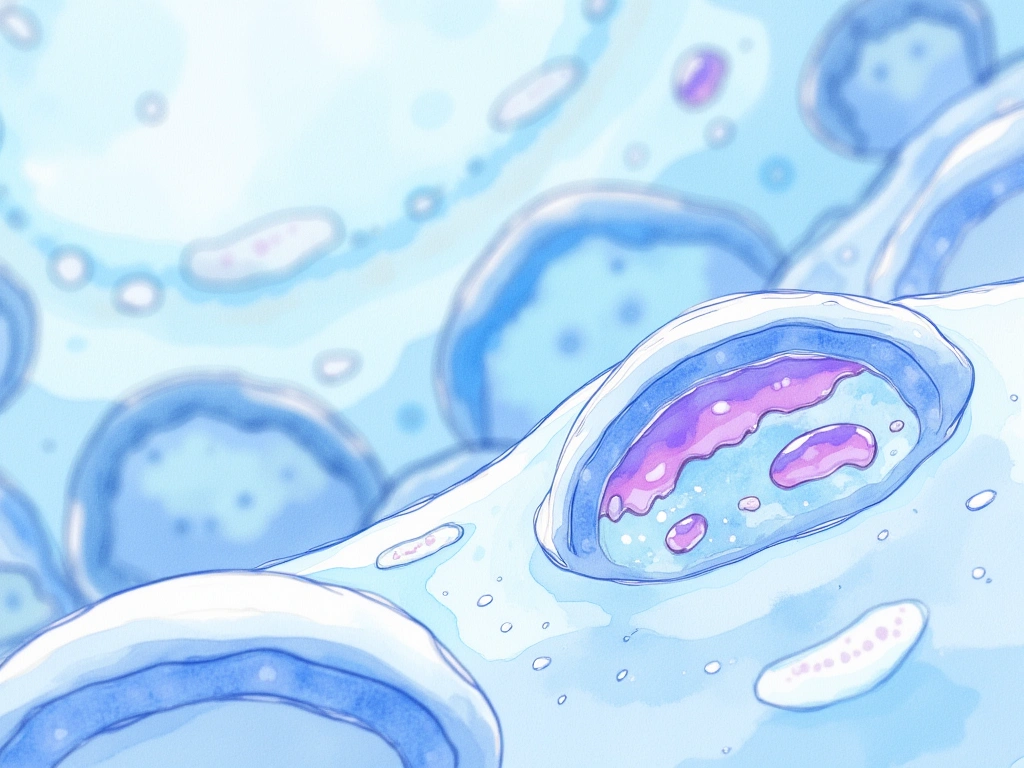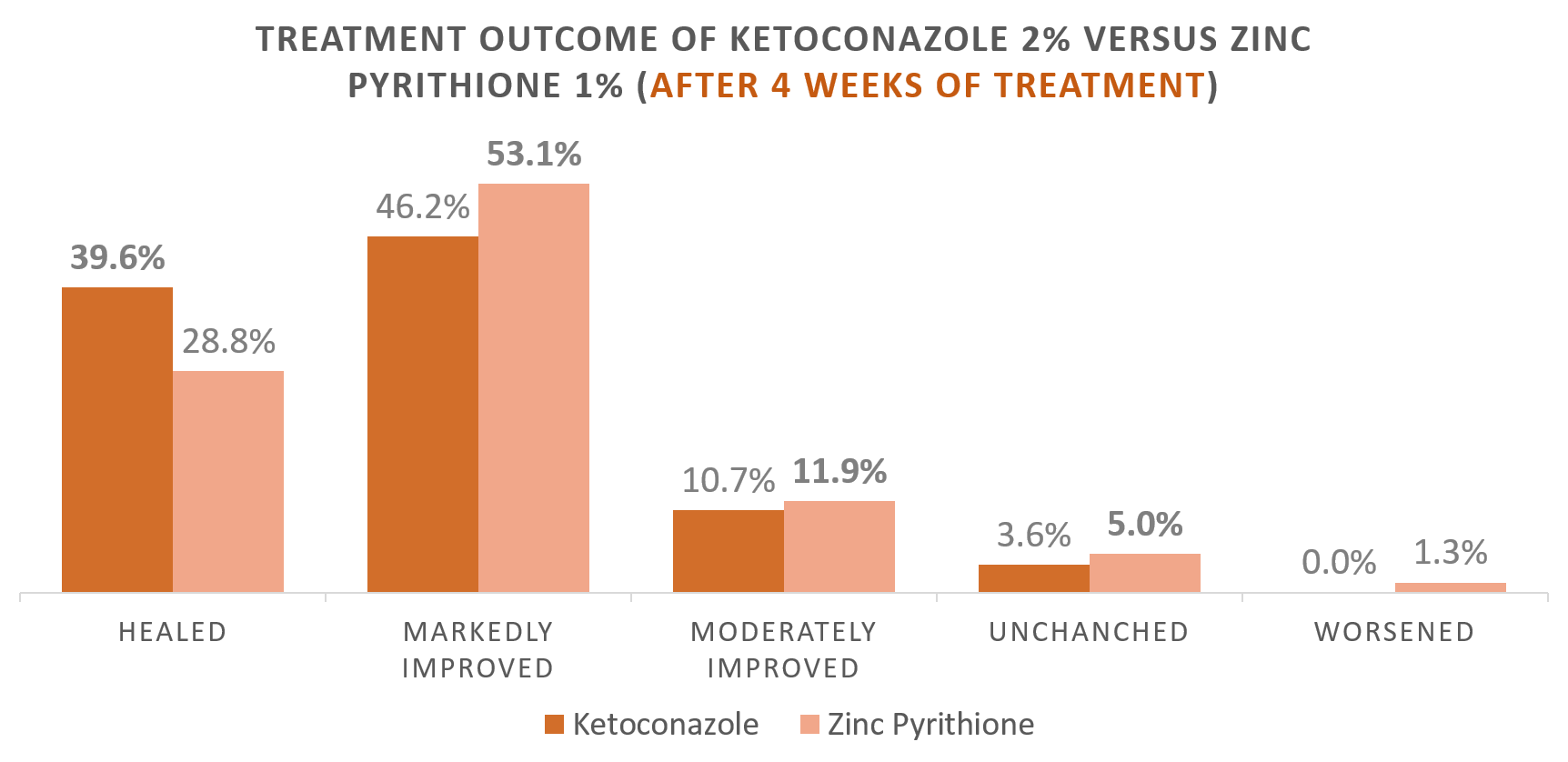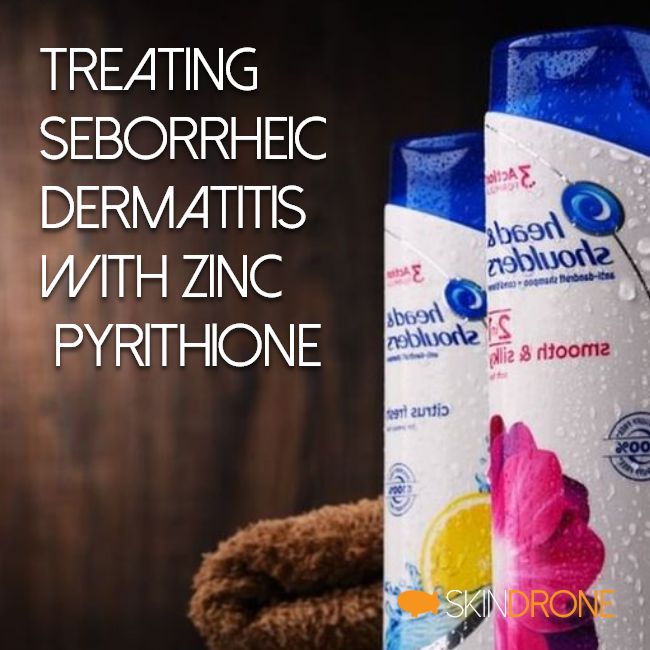- Zinc pyrithione is a common antifungal ingredient in dandruff shampoos and effective for seborrheic dermatitis.
- It works by targeting Malassezia fungus and may also improve skin healing and sebum production.
- Available in shampoos, creams, and lotions, typically at 1% or 2% concentrations.
- While generally safe, some studies suggest potential cell toxicity at a genetic level.
- Ketoconazole is often preferred by dermatologists for more severe cases of seborrheic dermatitis.
Many dermatologists suggest using zinc pyrithione to treat seborrheic dermatitis, a common skin condition. Zinc pyrithione is an antifungal agent readily found in many over-the-counter shampoo formulations.
You can easily find zinc pyrithione shampoos in most drug stores and supermarkets across North America. While shampoos are most common, you can also find zinc pyrithione in soaps, creams, and lotions, all available without a prescription.
Most zinc pyrithione products contain a 1% concentration of the active ingredient, but stronger 2% formulations are also available for more intensive treatment.
Research Funding:
Much of the research supporting zinc pyrithione’s effectiveness has been conducted or funded by Proctor and Gamble, the company behind Head and Shoulders shampoo.

How Zinc Pyrithione Relieves Seborrheic Dermatitis
Zinc pyrithione’s primary way of working against seborrheic dermatitis is thought to be through its antifungal properties [1].
Laboratory studies (in vitro) have shown that zinc pyrithione can effectively kill various species of Malassezia fungi and stop them from reproducing [2]. Most researchers believe this antifungal action is the main reason it helps with seborrheic dermatitis.
Beyond just fighting fungus, zinc pyrithione might also help the scalp heal by improving the skin’s outer layer and regulating sebum (oil) production. These additional benefits could be as important, or even more so, than its antifungal action alone [3].
The Less Discussed Theory: Cellular Toxicity
Interestingly, some research proposes that zinc pyrithione’s effectiveness might also stem from its general toxicity to living cells [4].
Specifically, it has been shown to:
- Trigger heat shock response gene expression (a cellular defense mechanism against stress) and damage genomic integrity [5].
- Cause cellular zinc overload, boost stress response gene expression in keratinocytes, and lead to genomic instability [6].
Keratinocytes Explained:
Keratinocytes are specialized skin cells that produce keratin, a key structural protein. They are believed to play a significant role in how seborrheic dermatitis develops [7].
This leads to an alternative theory: zinc pyrithione’s benefit might be due to the genetic disruptions it causes in the skin’s outer layer, rather than solely its antifungal effects.

Zinc Pyrithione vs. Ketoconazole: Which is Better?
Many over-the-counter products containing zinc pyrithione are marketed for managing seborrheic dermatitis and dandruff. Despite their availability, dermatologists often prefer and more frequently prescribe azole medications like ketoconazole for seborrheic dermatitis.
This preference is largely due to clinical evidence suggesting that azole medications are more effective, particularly for persistent seborrheic dermatitis.
A key study comparing 1% zinc pyrithione to 2% ketoconazole in treating seborrheic dermatitis indicated that zinc pyrithione was less effective [8].
Important Note on Concentrations in Studies:
Studies comparing zinc pyrithione to other antifungals typically use a 1% concentration. Currently, there seems to be a lack of research specifically evaluating the effectiveness of 2% zinc pyrithione concentrations.
This particular study involved 343 participants with seborrheic dermatitis who were otherwise healthy. It assessed treatment outcomes over 10 weeks, including a 2-week pre-treatment, a 4-week treatment, and a 4-week follow-up phase. The study directly compared Nizoral (ketoconazole shampoo) to Head and Shoulders (zinc pyrithione shampoo).


Is Zinc Pyrithione Safe?
Zinc pyrithione’s effectiveness against dandruff was first recognized in the 1960s. Since then, it has become the most widely used anti-dandruff ingredient worldwide [9].
Regulatory bodies like the FDA have set limits on the concentration of zinc pyrithione allowed in products, currently ranging from 0.3% to 2.0%.
As mentioned earlier, zinc pyrithione can be toxic to skin cells at a genetic level. Using concentrations higher than FDA-approved levels could amplify this toxicity, potentially causing problems with normal skin cell function.
However, adverse reactions from using zinc pyrithione at approved concentrations are not common [10]. When they do occur, reactions may include significant skin redness or irritation, or a worsening of the existing skin condition.

Key Takeaways: Zinc Pyrithione for Seborrheic Dermatitis
To summarize, here are the essential points to consider regarding zinc pyrithione for seborrheic dermatitis:
- Zinc pyrithione is the most prevalent active ingredient in global dandruff treatments.
- It’s typically found at a 1% concentration in shampoos, but also comes in creams, soaps, and lotions.
- Lab tests confirm its ability to inhibit and destroy various Malassezia fungal species.
- Most researchers attribute its effectiveness in treating seborrheic dermatitis to these antifungal properties.
- Some researchers propose its therapeutic effects may also arise from genetic disruptions in the skin’s outer layer.
- 2% ketoconazole is generally more recommended for seborrheic dermatitis than 1% zinc pyrithione.
- Adverse reactions are rare, and zinc pyrithione is considered generally safe for topical application.

No Comments
Be the first to start a conversation